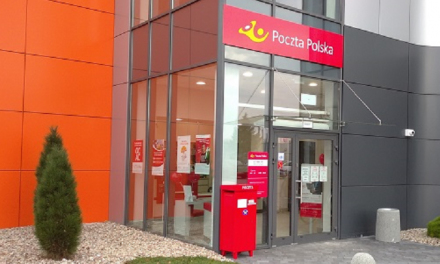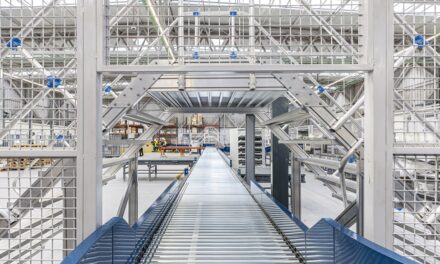
FedEx Express considering tougher fuel efficiency targets
FedEx Express said today its global vehicle fleet is now 16.6% more fuel efficient than it was in 2005 – putting the company close to its 20% goal set for the year 2020. FedEx Express executives said they were now taking another look at potentially changing their current goal for 2020, having met 80% of its requirement.
The US firm said 20% of its diesel vehicle fleet has now been converted to more efficient and cleaner emission models.
By the end of 2013 FedEx Express will have 11,000 smaller-engined Sprinter vans in service in the US, more than 35% of its domestic pick up and delivery fleet. The vehicles are 70-100% more fuel efficient than the vehicles they are replacing.
The firm is also expanding its electric vehicle fleet by 87 to a total of 130 at the moment, and is to add 114 Reach composite-body trucks – vehicles that have a lightweight plastic body to cut fuel consumption by 35%.
FedEx is also testing more new technologies including hybrid hydraulic parcel delivery vans that can reduce fuel consumption by 40%, and six all-electric delivery vehicles from AMP, Smith Electric and Freightliner Custom Chassis Corporation.
Mitch Jackson, staff vice president of environmental affairs at FedEx Express, said his company had achieved 80% of its fuel efficiency target in less than half the time given to reach it.
“As a result, we are reevaluating our 2020 goal to potentially raise the standard we originally set out to achieve,” said Jackson.
Accelerate
FedEx believes its role testing out new technologies is helping accelerate the development of those technologies, as well as cutting its own carbon footprint.
New FedEx all-electric vehicles are being deployed over the next few months around the US, including locations in California, Washington DC, New York, Texas and Chicago. More all-electric trucks are currently being prepared for deployment in Asia and Europe, the firm said.
Electric vehicles can operate during the day and be charged up overnight, when electricity prices are lower because of lower demand.
“Electric drivelines have a tremendous potential, and we are seeing the benefits of integrating them into our fleet, but the technology is still in the early phase of the development cycle,” said FedEx Express vice president of global vehicles.
“That’s why we are aggressively working with several truck manufacturers to fast-forward their products’ performance curve and affordability.”













